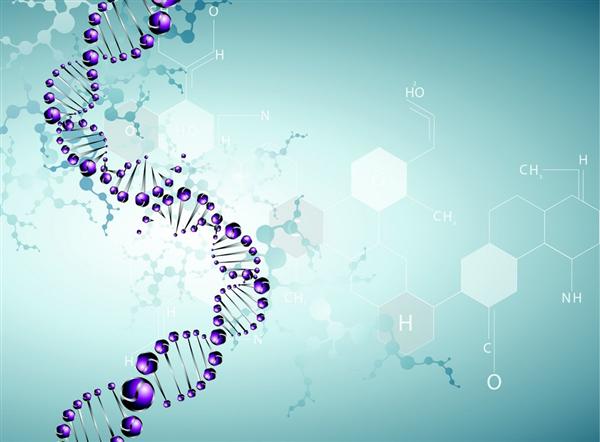联系方式:
010-57163359
移动电话:+86 18146501320
邮箱:bio_vs@126.com
QQ:1900174531
微信:宝科维食安
详细介绍
辅助噬菌体VCSM13
Background
To propagate (amplify) the VCSM13 helper phage requires using the E. coli strain XL1-Blue MRF′ because this strain harbors the supE44 mutation, which provides a glutamine suppressor tRNA.
The VCSM13 helper phage is used strictly to produce single stranded DNA from the already excised phagemid. (This is also what M13K07 is used for.)
Storing the Helper Phage
Stratagene supplies both helper phages in 7% DMSO and recommends storing them at -80℃. As long as there is a -80℃ stock in the lab, the amplified lab prep can be stored at +4℃.
Titering the Helper Phage
1. Streak out E. coli strain XL1-Blue MRF′ onto an LBTet15 plate. Pick a single colony of XL1-Blue MRF′, inoculate into LB and grow to OD600 = 1.0. (No need to include the antibiotics in the overnight cultures.) Meanwhile prepare a serial dilution of the phage in TE buffer. Expected number of phage should be about 1010 pfu/ml; therefore dilute phage to create dilutions 10-4 to 10-7.
Dilutions 10-2 10-4 10-5 10-6 10-7
Phage 10μl (stock) 10μl 100μl 100μl 100μl
TE buffer 990μl 990 900μl 900μl 900μl
Note:
When preparing serial dilutions of bacteriophage, it is usually much more accurate to dilute 10μl into 100 to create a 10-1 dilution or 10μl into 1000μl to create a 10-2 dilution rather than to dilute 1 into 10μl or 1μl into 100μl because one tends to obtain grossly exaggerated titers resulting from small pipetting errors. This is particularly critical for the first dilution.
2. Add 200μl of XL1-Blue MRF′ cells at OD600 = 1.0 to individual sterile culture tubes (the number of phage dilutions you plan to plate) in a test tube rack.
3. Add 100μl of each serial dilution of helper phage to the culture tubes containing the XL1-Blue MRF′ cells.
4. Place the test tube rack into a 37℃ water bath for 15 minutes to allow the helper phage to attach to the cells.
5. Meanwhile melt NZY Top Agarose in the microwave and allow it to cool to ~48/50℃. You need to pay close attention to the bottle containing the top agarose because it can quickly boil over; alternatively use a low power setting on the microwave.
6. At the conclusion of the 15-minute incubation, add ~3 ml of the NZY top agarose to the test tube containing the helper phage & E.coli. Remove the tube from the rack (which is still sitting in the water bath) and give it a quick flick of your wrist mixing the contents and immediately pour it onto an NZY plate. (I usually do three plates at one by pipetting 10 ml of the NZY top agarose from the bottle, dispensing ~3.3 to one tube, ~3.3 to second tube and then another ~3.3 to a third tube. I then pour the plates starting with the first tube I put the NZY into.)
7. Allow the top agarose to cool (~5 minutes).
8. Invert the plate and incubate overnight at 37℃.
9. Count the number of plaques.
10. Determine the titer; i.e., pfu/ml using the formula:(Number of plaques (pfu) × Dilution Factor) × 1000µl /ml/Volume plated(µl)
Where the volume plated (in µl) refers to the volume of the helper phage solution added to the cells.
Amplifying the Helper Phage
1. Streak out E. coli strain XL1-Blue MRF′ onto an LBTet15 plate.
2. Pick a single colony of XL1-Blue MRF′ and inoculate into 10ml 2×YT and grow until OD600 = 0.3 (~2.5×108 cells/ml). (No need to include the antibiotics in the overnight cultures.)
3. Add helper phage at a multiplicity of infection (MOI) of 20:1 (phage-to-cells ratio). Do this for both VCSM13.
Note: (If amplifying VCSM13 helper phage, add kanamycin to a final concentration of 25 μg/ml to the medium 30 minutes after the helper phage and cells have been allowed to grow together.)
4. Grow the culture at 37℃ with vigorous aeration (~300RPM) for 8 hours.
5. Heat the culture to 65℃ for 15 minutes.
6. Spin down the cell debris and transfer the supernatant to a fresh tube.
7. Titer the helper phage produced.
VCSM13 should be 1.0×1011 to 1.0×1012 pfu/ml
Store at +4℃(Add DMSO to 7% for storage at –80℃).
Notes: Several steps greatly aid the ease and success of pouring good phage onto plates:
(1) Position the 37℃ and 48℃water baths right next to each other with enough room in front of them for you to work. Wipe this area down with 70% EtOH prior to plating.
(2) Use plates that have been pre-warmed to 37℃(for one hour or more).
(3) Use sterile glass pipettes that have been pre-warmed to ~50℃.
(4) Have a pipette holder in the work area.


